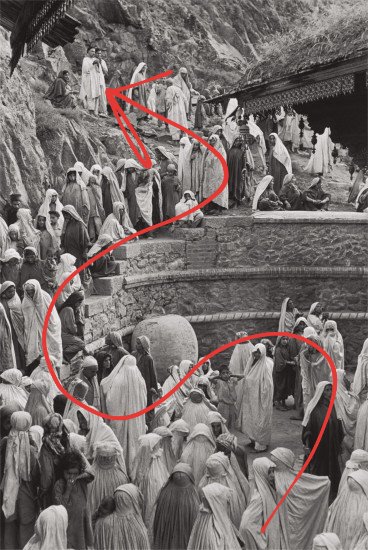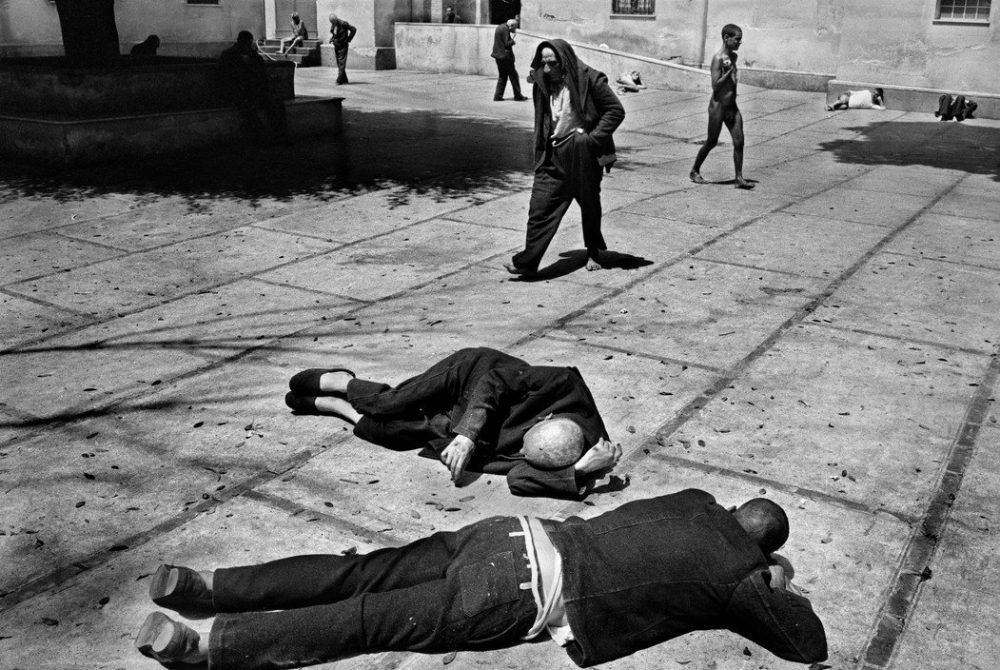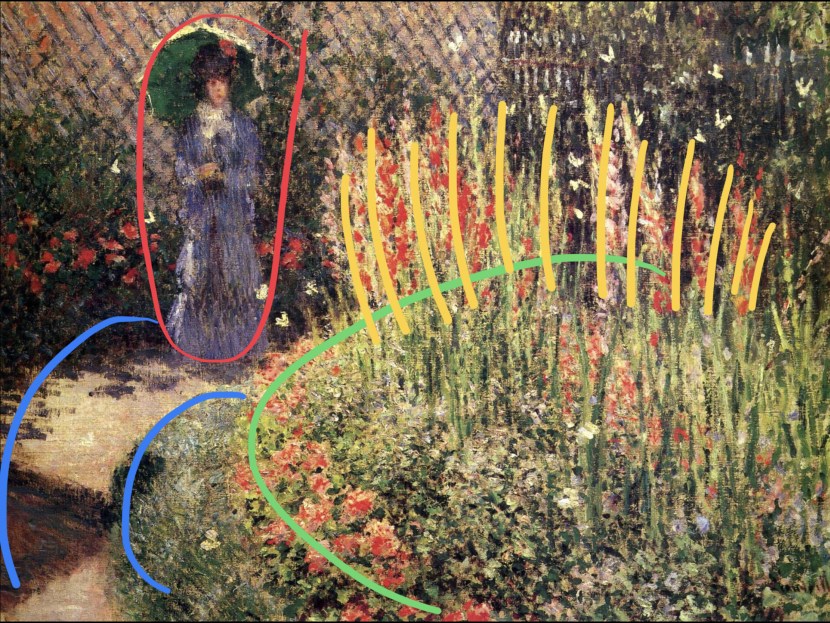Your cart is currently empty!
Squiggly Line Composition
One of the best compositions we can integrate into our photos is the “arabesque”, which is an elegant curve shape. But in Cindy’s words, the idea of a “squiggly line” is easier to remember and more sticky.
1. Squiggly line in street photography
A good example is Henri Cartier-Bresson, in which he would compose scenes with subjects spaces equally in the frame, and had them all connect with this arabesque (squiggly line):







Another HCB, note all the Jewish men connected by the arabesque:


Or for epic crowd scenes, with different elevations:


2. Josef Koudelka arabesque
Josef Koudelka has also done great arabesque compositions, with people and landscapes.
Note the spacing of the subjects here and the epic depth:




Great use of Koudelka and the arabesque to show motion; the dynamic movement of the kid running from the right of the frame to the left:


Another Koudelka arabesque, using the paper on bottom of the frame (which is curved) to complete this squiggly line composition:


Or Koudelka’s great use of the arabesque in his panoramic landscape pictures (he shot with film Hasselblad XPAN I believe):




3. Whats the difference between a curve and an arabesque (squiggly line)?
To me, the arabesque is more dynamic. Imagine a snake, coiled up, about to pounce! A curve is also dynamic, like a race track.
Some curved Henri Cartier-Bresson photos:


Or some curved compositions from Claude Monet:



Or some curved compositions of mine:


Curve in a hat:




Curve in the body of your subject:


More curved compositions from Josef Koudelka:
Note the leasing line of the dirt pointing to the man’s head, and into the crowd:


Or connecting still life objects via curve:


Or how he masterfully did this composition with the flower wallpaper creating a leading line and curve composition, with the little kid in the bottom right!


Conclusion
Just look for squiggly lines in nature, in snakes, trees, or even in everyday objects like garden hoses!
To shoot arabesque (squiggly line, some tips):
- Space out your subjects
- Try to see an imaginary red squiggly line when you’re composing a scene
- Discover the squiggly lines after you shoot the scene!
Have fun,
ERIC